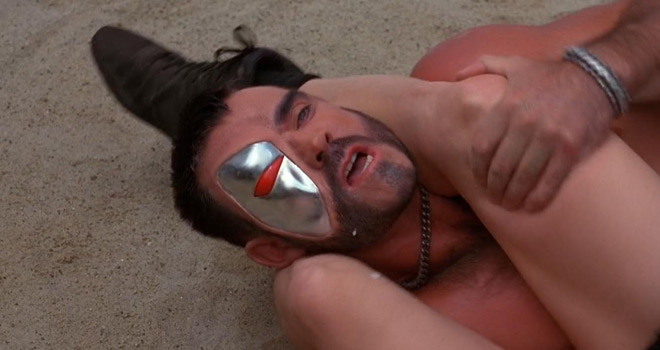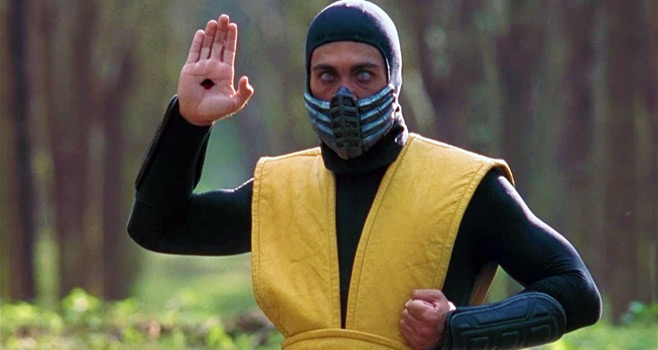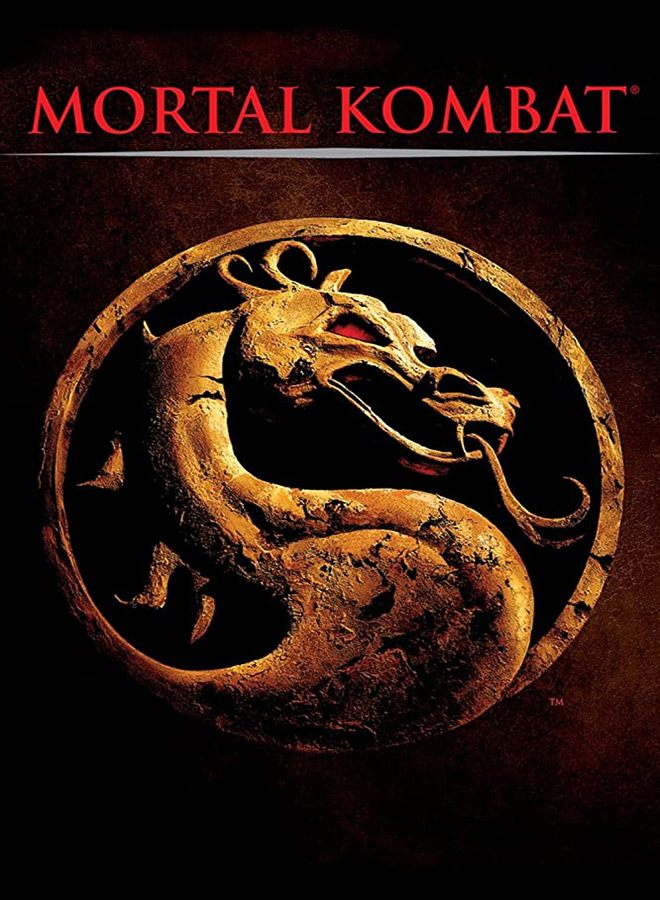The number of good video game movies out there could be counted on one hand, and even they might have an asterisk or two on them. 1994’s Street Fighter: The Animated Movie is more faithful than its live-action Van Damme equivalent, yet suffers from padding and pacing issues. 2012’s Ace Attorney even won awards, while looking surprisingly dull and drab for a series known for its bright palette.

Then there is Mortal Kombat, released back on August 18th of 1995. Not exactly a pristine offering either, the film is essentially a combination of 1973’s Enter the Dragon with 1986’s Big Trouble in Little China. However, it still stands out as one of the better videogame adaptations due to its faithfulness to its source material, entertaining performances, and some impressive effects for its time. CGI Reptile notwithstanding.
The plot is more or less the same as the first Mortal Kombat game. Three fighters – Liu Kang (Robin Shou: Beverly Hills Ninja 1997, Death Race 2008), Sonya Blade (Bridgette Wilson-Sampras: Last Action Hero 1993, Billy Madison 1995), and Johnny Cage (Linden Ashby: Wyatt Earp 1994, Teen Wolf series) – must compete in a tournament held by the sorcerer Shang Tsung (Cary-Hiroyuki Tagawa: Planet of the Apes 2001, Tekken 2010) against the forces from another dimension called Outworld. If one of them wins, the world is saved. If they all lose, the Earth will be merged with Outworld permanently. Can they overcome their personal issues and save the world or will they all become fatalities?
The script was faithful enough for original game creators John Tobias and Ed Boon (who also voices Scorpion) to get writing credits. However, film writer Kevin Droney (Highlander series, Wing Commander 1999) had to punch things up. Liu Kang, originally a Shaolin monk just fighting to save the Earth, now has a revenge subplot – balancing his urge to avenge his younger brother’s death at Tsung’s hands with his duty. Typical stuff for an Action film, yet it is handled well thanks to some solid performances and direction from Paul W.S Anderson (Shopping 1994, Event Horizon 1997).

Which is not something that can usually be said for an Anderson film, given the bizarre path later efforts like the Resident Evil films have taken. It helps that Mortal Kombat’s plot is not exactly complex – have good guy beat up bad guy to save world. All it needed to do after that was have enough of the popular characters to show up, have Scorpion (voiced by Kombat ko-kreator Ed Boon) shout “GET OVER HERE!,” then have a fatality or two for good measure. Sounds simple enough on paper, though it is another thing in practice.
Luckily, the fight and stunt sequences were coordinated by Pat E. Johnson (The Karate Kid Part II 1986, Teenage Mutant Ninja Turtles 1990), who had been doing stuntwork since Enter the Dragon. While experienced fighters and stuntmen like Chris Casamassa (WMAC Masters series, Blade 1998) and Keith Cooke (Big Momma’s House 2000, Alita: Battle Angel 2019) played the otherwise muted (or dubbed over) ninjas, they did good work too, as they managed to fit in the game’s signature moves into some exciting, well-paced fight sequences.
Almost all of them anyway. Ironically, while the buckets of blood from the games pulled in kids and teens from all over the place, the film had to nix the goriest moves to get them into the cinemas. Well, without them having to doodle on mustaches with Sharpies or conning grown-ups into being their chaperones. Ultimately, the film went PG-13, so no one got to see Johnny Cage uppercut someone’s head off three times or see Kano rip someone’s heart out. Just some snapped necks and a somehow bloodless impalement.

That is not to say it is completely blood-free, though the scene with the most claret spilt was done via CGI. On one hand, one can appreciate the amount of effects the film manages to work with. Special moves like Sub Zero (Francois Petit: Guns and Lipstick 1995, First Strike 2009) chucking ice about, and Shang Tsung sucking out people’s souls, look good enough on screen. The film even managed to put the multi-armed monster Goro on screen through an animatronic model. It does not move seamlessly, but Goro’s model has aged better than Scorpion’s palm-snake or pre-ninja Reptile. They look as mid-’90s as the Power Rangers challenging each other to a game of Pogs.
So why should people still watch the original Mortal Kombat now that there are bloodier, more modern adaptations like the MK: Legacy series? Despite its compromises, it managed to remain faithful to its source material while still being entertaining through its frenetic fight sequences and one-liners. It not only impressed fans, but the original developers, who have placed multiple references to the film in the games since. Most notably in recasting Tagawa as Shang Tsung in Mortal Kombat 11. So, not only is it a solid, fun, kind of cheesy Action flick, but a surprisingly influential one, as well.





